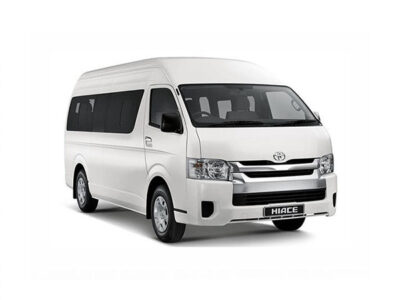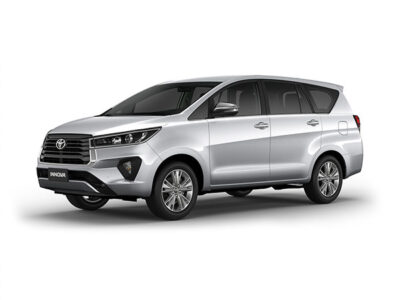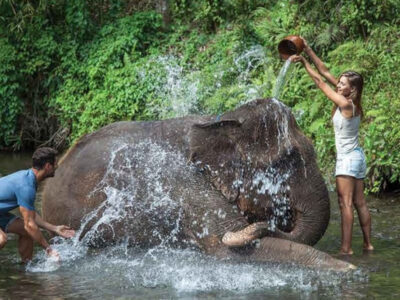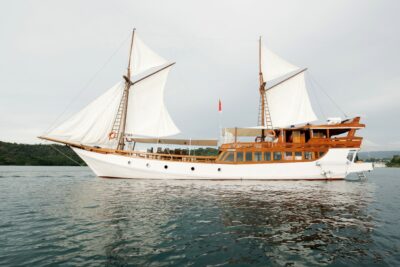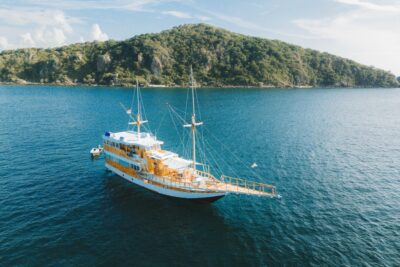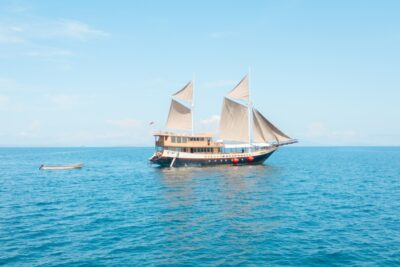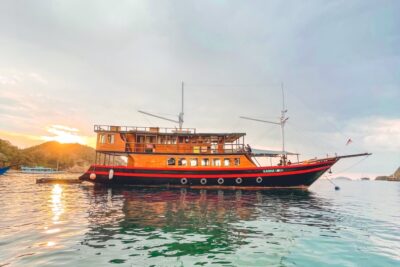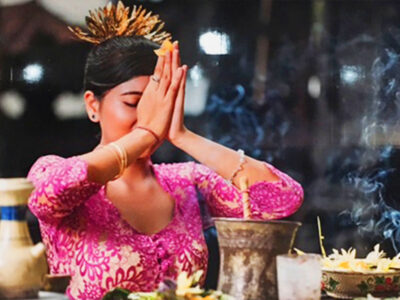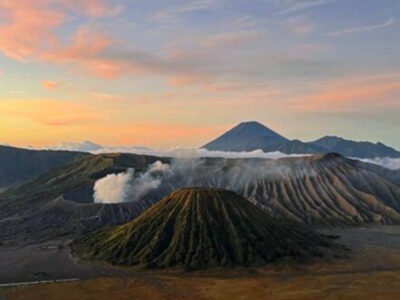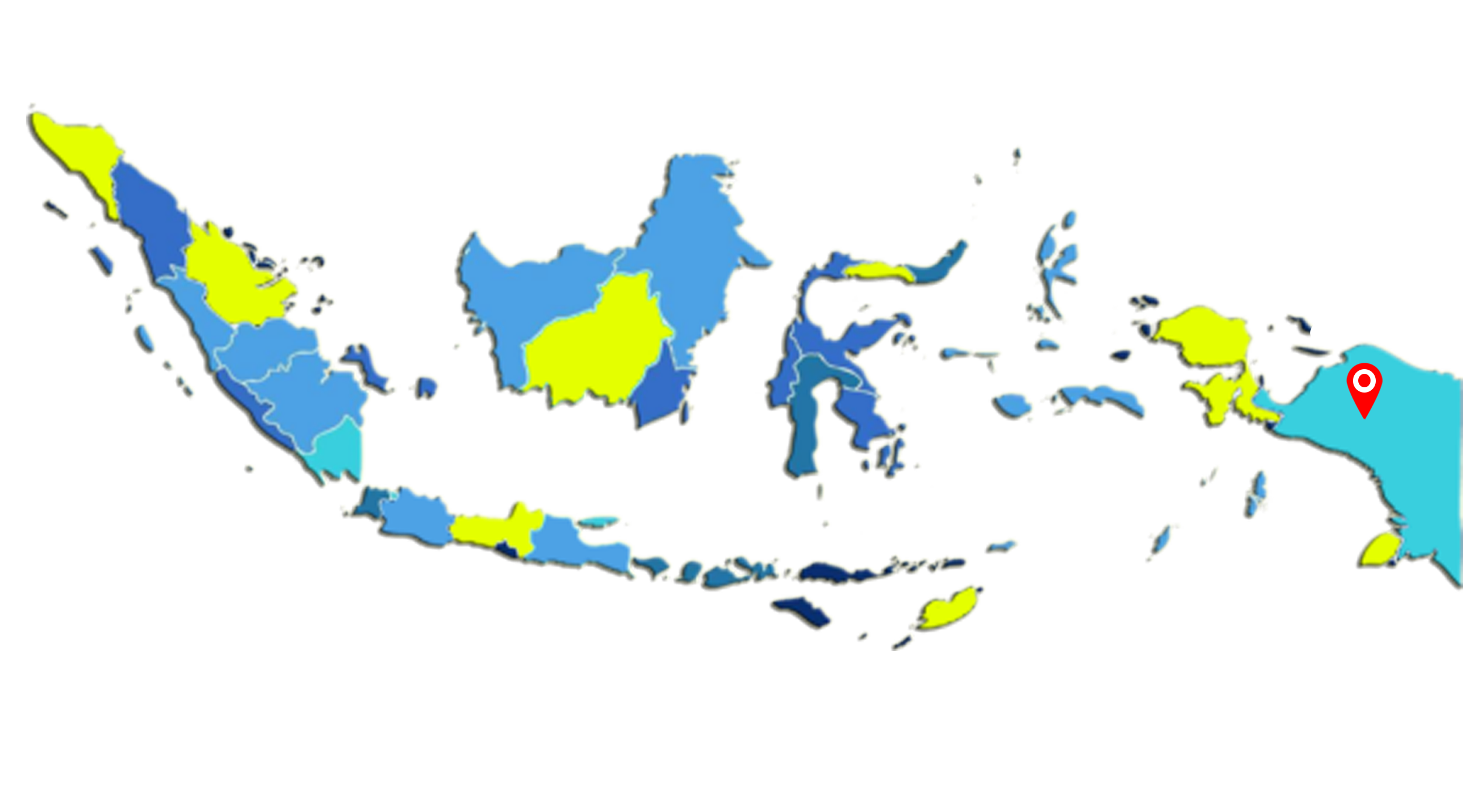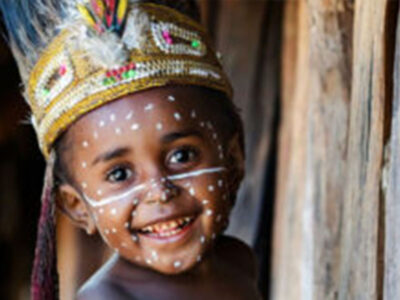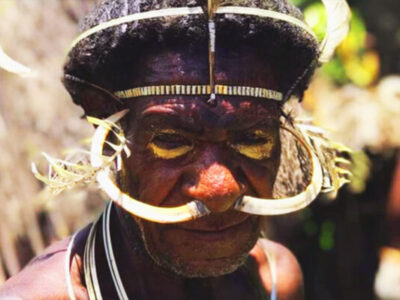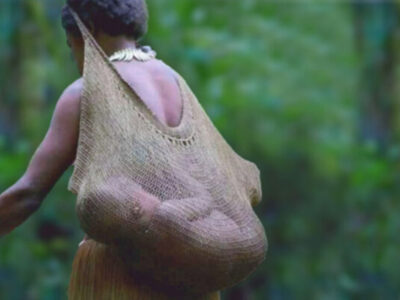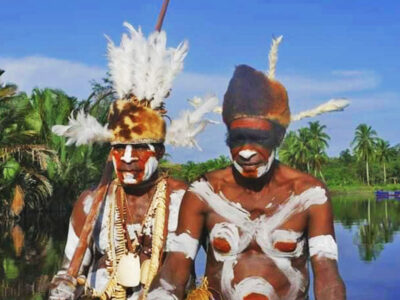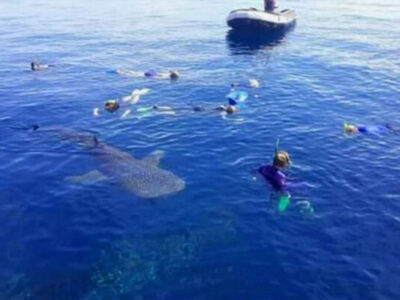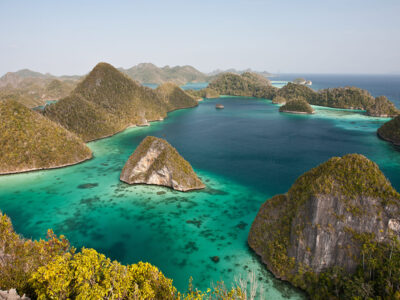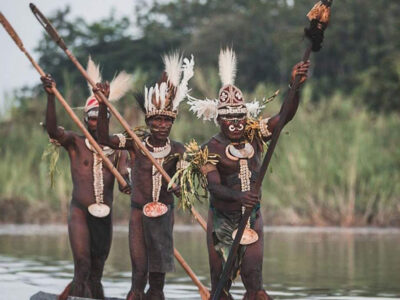Papua
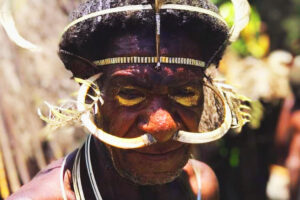
Papua is a province of Indonesia located on the eastern half of the island of New Guinea, the second-largest island in the world after Greenland. Papua is the easternmost province of Indonesia, bordering Papua New Guinea to the east. Papua is known for its stunning natural beauty, with vast tropical rainforests, mountains, and rivers that are home to a diverse range of flora and fauna. The province is also home to many indigenous communities, including the Papuan people, who have their own unique culture and traditions.
Visitors to Papua can explore the province's many natural and cultural attractions, such as the Baliem Valley, which is known for its beautiful landscapes and traditional villages, the Raja Ampat Islands, which are considered one of the best diving spots in the world due to their rich marine biodiversity, and the Lorentz National Park, which is a UNESCO World Heritage Site and home to many endemic species, including the tree kangaroo.
Papua is one of the least developed provinces in Indonesia, with many remote areas that are accessible only by air or boat. The province's economy is largely based on agriculture, mining, and forestry, with some of the main products being palm oil, copper, gold, and timber. Papua is also known for its complex social and political issues, with ongoing tensions between some indigenous communities and the Indonesian government over issues such as autonomy, human rights, and resource exploitation.
| Languages spoken | Bahasa Indonesia |
|---|---|
| Currency used | Rupiah |
| Area (km2) | 119,455 |
Culture and history info
West Papua, also known as Papua or Western New Guinea, is a province of Indonesia located on the western half of the island of New Guinea. It is rich in cultural diversity and has a fascinating history shaped by its indigenous peoples and colonial past. Here's an overview of the culture and history of West Papua:
Culture:
Indigenous Peoples: West Papua is home to a diverse array of indigenous ethnic groups, each with its own distinct languages, customs, and traditions. Some of the major ethnic groups include the Dani, Asmat, Biak, and Yali people. These indigenous communities have a deep connection to the land and maintain traditional subsistence lifestyles based on hunting, fishing, and agriculture.
Art and Music: Traditional art forms such as wood carving, weaving, and pottery are highly valued in West Papuan culture. Intricately carved sculptures, ceremonial masks, and woven textiles are often used in rituals, celebrations, and everyday life. Music and dance also play a significant role in West Papuan culture, with traditional performances featuring drumming, chanting, and elaborate costumes.
Spirituality and Beliefs: Many indigenous communities in West Papua adhere to animist beliefs, viewing the natural world as inhabited by spirits and ancestral beings. Ceremonies and rituals are conducted to honor these spirits, seek guidance from ancestors, and ensure harmony with the environment. Christianity, introduced by missionaries during the colonial period, is also practiced by a significant portion of the population.
History:
Colonial Period: West Papua was colonized by the Dutch in the 19th century and was known as Dutch New Guinea. During this time, the Dutch established trading posts, introduced Christianity, and implemented colonial administration systems. The indigenous peoples of West Papua resisted Dutch rule through various forms of resistance and rebellion.
Integration into Indonesia: In 1963, the Dutch ceded control of West Papua to Indonesia under the terms of the New York Agreement, with full integration into Indonesia occurring in 1969 after the controversial Act of Free Choice. This process remains a source of contention, with some indigenous Papuans advocating for independence from Indonesia.
Conflict and Human Rights Issues: West Papua has experienced ongoing conflict and human rights abuses, including allegations of military repression, cultural discrimination, and exploitation of natural resources. Various groups, including the Free Papua Movement (OPM), have called for self-determination and independence from Indonesia, leading to periodic outbreaks of violence and unrest.
Development Challenges: Despite its rich natural resources, including vast rainforests, mineral deposits, and biodiversity, West Papua remains one of the least developed regions of Indonesia. Issues such as inadequate infrastructure, limited access to education and healthcare, and socio-economic disparities continue to pose challenges to the region's development and stability.
Overall, the culture and history of West Papua reflect a complex tapestry of indigenous traditions, colonial legacies, and contemporary struggles for autonomy and development. Understanding and respecting this cultural and historical context is essential for fostering dialogue, reconciliation, and sustainable development in the region.
Unfortunately no accommodations were found.
Unfortunately no cruises were found.

Are you looking for a seamless and stress-free travel experience? Worry no more as our rental car services apart from having experienced drivers, are also tailored or designed to meet the needs of discerning travelers and travel agents.

